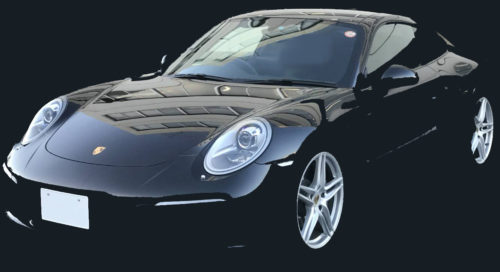It looks like a snail, but a turbo that accelerates Porsche
this time,New Porsche 911 Turbo S announcedIn response to that, Porsche was introduced again to Porsche's successive "turbo".
According to Porsche, the shape of the "turbo" is like a snail ... cute ^^
But unlike such a slow-moving snail, the turbo can run the engine much faster.
Porsche has introduced turbochargers since the early 1970s as a means of improving car performance.

In 1972, the Porsche 917/10 was equipped with a turbo, and with the 911 turbo that made it possible to generate up to 260hp, it was possible to become a "high performance sports car maker".
Porsche The first turbo-equipped car on the market is the Porsche 930
It was the first Porsche 930 generation to be equipped with a turbo as a commercial vehicle.
And, in the first place, it seems that this Porsche 930 was planned to be produced only 500 units, which was the number required to obtain homologation.
However, in 1977, the Porsche 911 Turbo was improved, the displacement increased from 3.0 liters to 3.3 liters, and the horsepower increased to 300 hp ... After all, except for minor changes, the Porsche 930 remained almost unchanged until 1988. To continue production.
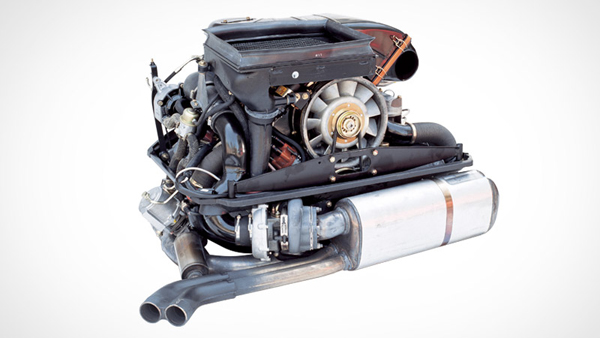
The success of this Porsche 930 Turbo paves the way for the ongoing new Porsche 911, the 992 turbo.
Since 1974, the development of turbos has made great strides (especially by Porsche).
Now in Zuffenhausen thisThe word "turbo" is synonymous with "state-of-the-art technology"Porsche dared to write that this is exactly the reason why the electric car Taycan was given the title of "turbo" this time. It will lead to ^ ^
Reference article: Why is the Taycan turbo an electric car but the name is turbo ... etc.
All Porsche 911 generation top models have been given the title of "turbo" and the technology is efficient and low-emission.
What's great about the current turbo engine is that it has already reached the level of a larger naturally aspirated engine (NA engine) in terms of its response.
Now, let's take a quick look at Porsche turbos from the past to the present.
Porsche 911 Turbo (930): Porsche 911 Turbo 930 type

This 1974 turbocharger had a wastegate, which had been used only in racing cars until then.
* Wastegate: A valve mechanism that regulates the inflow to the turbine by dividing a part of the exhaust gas in a turbocharged supercharged engine (Source:Wiki).
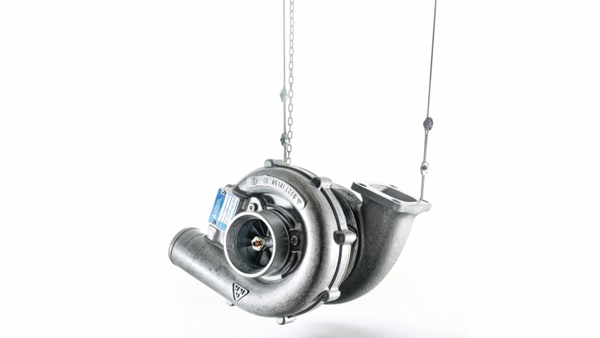
Design type: turbo
Displacement: 3,299 cm3
Max. Charge pressure: 0.8 bar
Output: 300 hp Max. Torque: 412–430 Nm
Porsche 959: Porsche 959
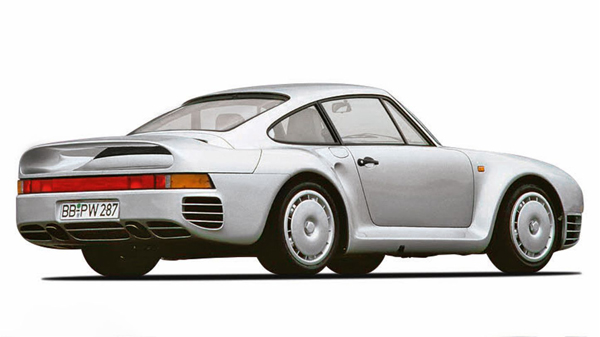
Porsche demonstrates the future potential of turbo technology with this Porsche 959.
It was first announced in 1983 as a Group B study at the IAA (Frankfurt Motor Show), and three years later it appeared as a public road vehicle. thisPorsche's rear engine car (911) can still survive because of the existence of the modelAlso the story.
This all-wheel drive sports car features a complex sequential boost system with two different sized turbochargers.
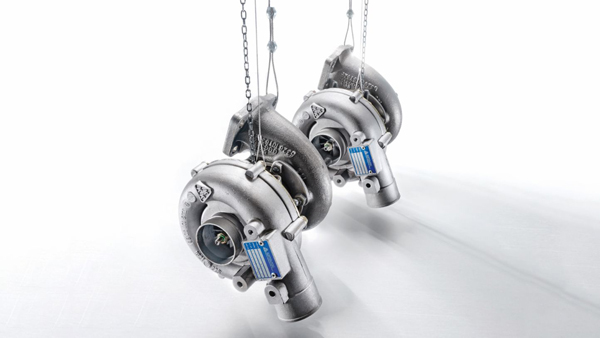
Design type: twin-turbo (sequential)
Displacement: 2,850 cm3
Max. boost pressure: 1.0 bar
Output: 450 hp
Max. Torque: 500 Nm
Porsche 911 Turbo 3.3 (964): Porsche 911 Turbo 3.3 964 type
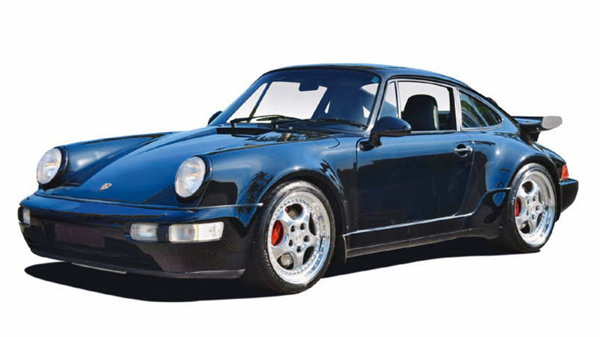
The 235kW (320hp) 964 generation Porsche 911 Turbo adopted the 3.3-liter engine of its predecessor model in 1991.
Complicated exhaust gas treatment by adding a 3-way catalytic converter (three-way catalytic converter) and an additional catalytic converter to the bypass outlet complies with stricter emission standards.
A compression-controlled map injection and a 50% larger charge air cooler (intercooler) have also been added.
In 1993, it became 3.6 liters and 265kW (360hp). Still, it seems that fuel efficiency was improving.
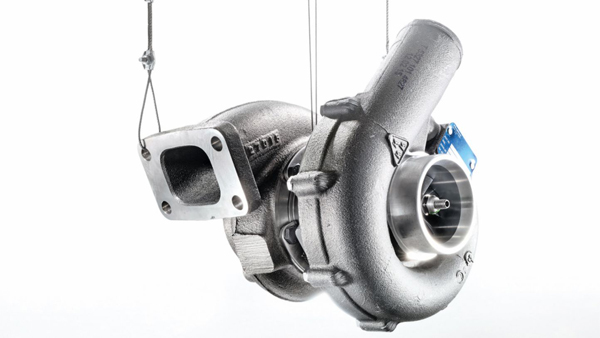
Design type: turbo
Displacement: 3,299 cm3
Max. boost pressure: 0.8 bar
Output: 320 hp
Max. Torque: 450 Nm
Porsche 911 Turbo (993): Porsche 911 Turbo 993 type
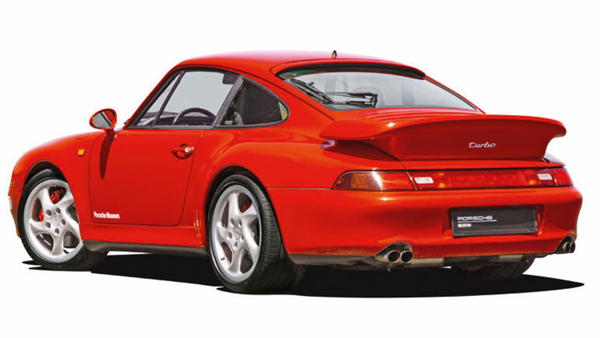
In 1995, the Porsche 911 Turbo 993 generation, the last of the air-cooled generation, was announced.
This is the first mass-produced model that Porsche has adopted two turbochargers.
However, these two turbochargers work in parallel, unlike the Porsche 959 sequential ones.
Each cylinder bank incorporates a small turbocharger (= reduced turbine mass inertia to make the compressor work faster), and the wastegate integrated into the turbo is also new.
This Porsche 911 is said to have been the lowest emission car of this era.
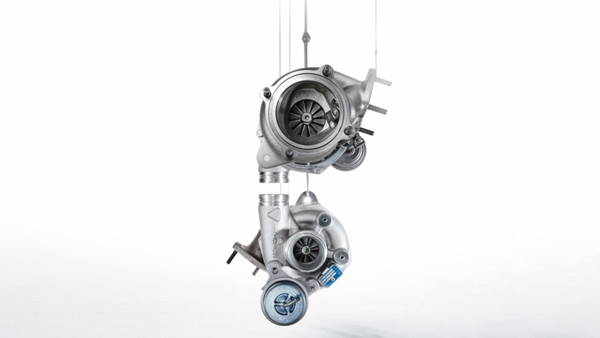
Design type: twin-turbo (parallel)
Displacement: 3,600 cm3
Max. Charge pressure: 0.8 bar
Output: 408 hp
Max. Torque: 540 Nm
Porsche 911 Turbo S (996): Porsche 911 Turbo S 996 type

The 996 generation of the Porsche 911, announced in 1997, and its turbo version, announced in 2001, is the beginning of a new era, with all engines including this new 3.6-liter turbo water-cooled.
The turbo and turbo S (2004) use VarioCam Plus, which is a variable valve mechanism used in the engine.
The turbo engine was based on the powertrain of the 1998 Le Mans winner Porsche 911 GT1.
Porsche Ceramic Composite Brake (PCCB) is standard equipment on the Turbo S model. Tiptronic S was able to be ordered on a request basis.
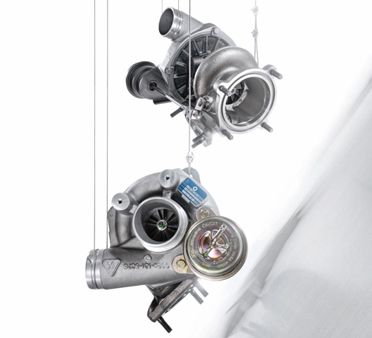
Design type: twin-turbo (parallel)
Displacement: 3,600 cm3
Max. Charge pressure: 0.9 bar
Output: 450 hp
Max. Torque: 620 Nm
Porsche 911 Turbo (997): Porsche 911 Turbo 997 type
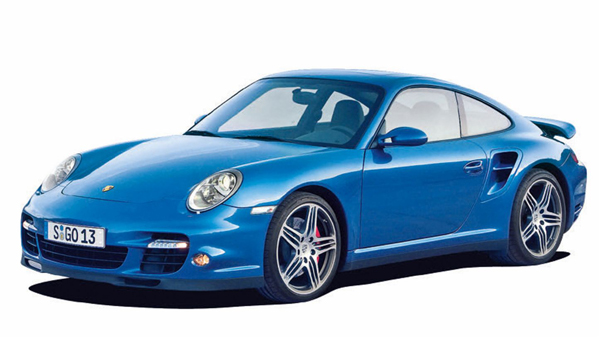
The 997 generation of the Porsche 911 Turbo surprised the world when it was announced in 2006 by combining the world's first "gasoline car and variable turbine geometry (VTG)".
* Variable Turbine Geometry (VTG): The adjustable guide vane of the turbine functions to combine the advantages of both a small and large turbocharger, demonstrating outstanding responsiveness in the low rev range. Produces extremely high maximum output (Source:Porsche).
The adoption of VTG makes it possible to ideally reuse the energy contained in the exhaust gas in the turbocharger.
When the engine speed is low, the guide vane in front of the turbine reduces the passage area of the exhaust gas, and when traveling at high speed, a large amount of exhaust gas flows toward the turbine, and the electronic control device opens the guide vane provided in front of the turbine. It seems that it is a mechanism.
By the way, even when you step on the accelerator at once from a slow running situation, if the exhaust gas passage area is small, the speed at which air flows in will increase, so the turbocharger can function quickly.
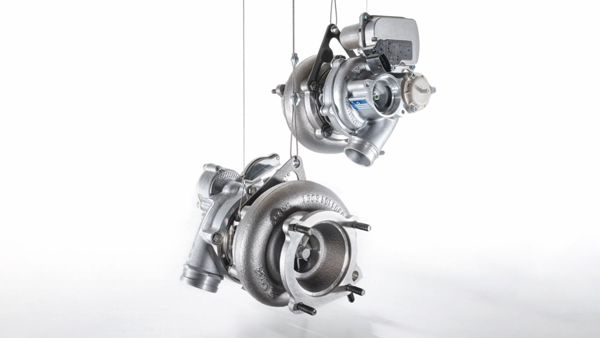
Design type: twin-turbo (parallel)
Displacement: 3,600 cm3
Max. Charge pressure: 1.0 bar
Output: 480 hp
Max. Torque: 620 Nm with overboost control
Porsche 911 Turbo S (992): Porsche 911 Turbo S 992 type

Turbo development is even more amazing with the 992 generation, the latest model of Porsche 911.
The new 992 Turbo S engine is said to be a wastegate combined with VTG, the advantage of which is that the catalytic converter can be quickly heated directly via an electronically controlled bypass even during a cold start. That is one of them.
In addition, when the load is fully applied, the exhaust back pressure automatically decreases, and the residual gas in the cylinder that hinders combustion is reduced, which improves efficiency.
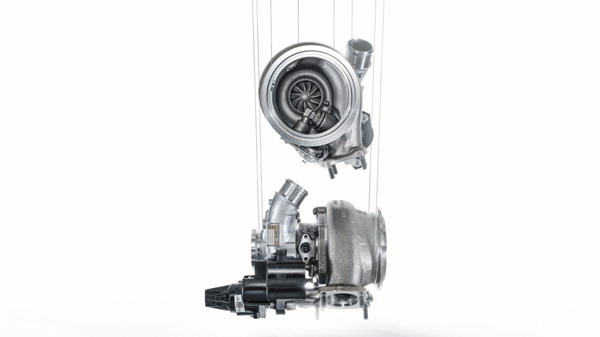
Design type: twin-turbo (parallel)
Displacement: 3,800 cm3
Max. Charge pressure: 1.4 bar
Output: 650 hp
Max. Torque: 800 Nm
this time,The new Porsche 911 (992 type) Turbo S has been announcedIt was a great opportunity for me to take this opportunity to look back and learn about the history of Porsche turbos, and I learned a lot of things I didn't know.
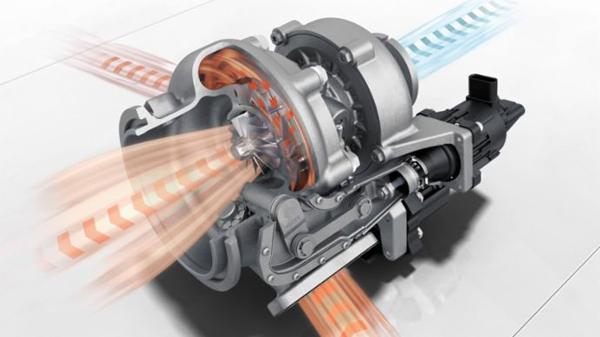
It might be nice to write ..., but I'm not good at mechanical things, so I'm actually full of information so far (laughs).
Source:
◆ (Official) Under Pressure
◆ (Official) Under Pressure

